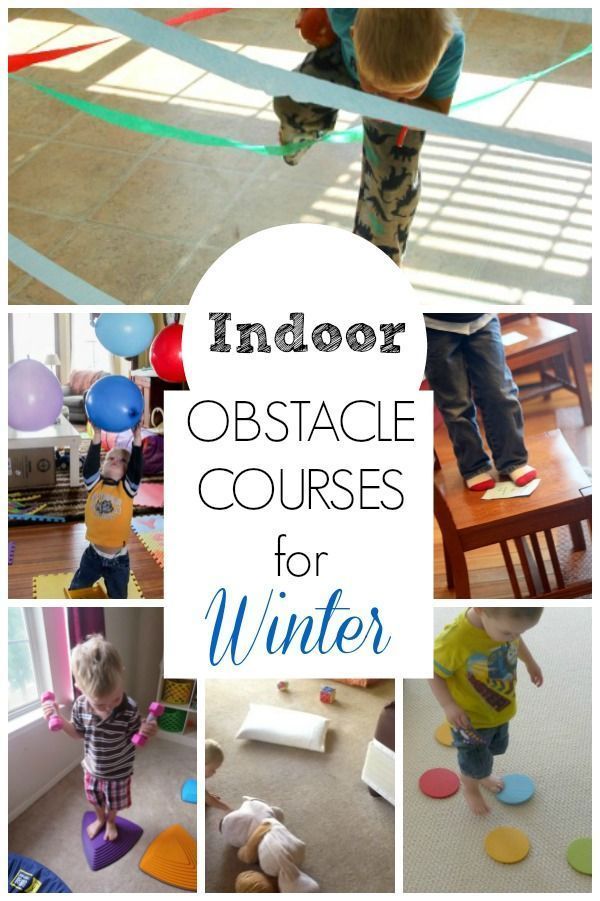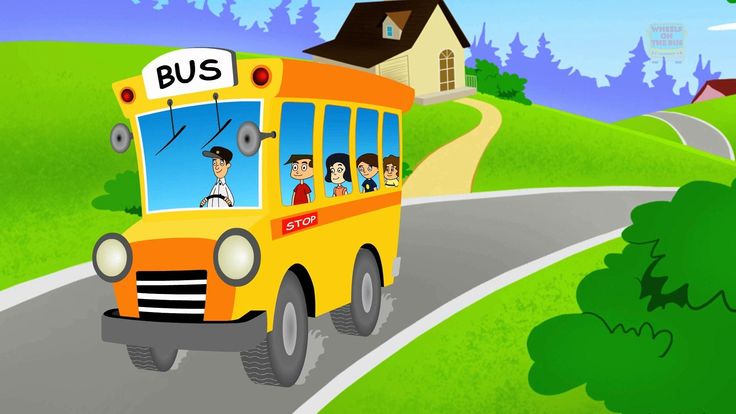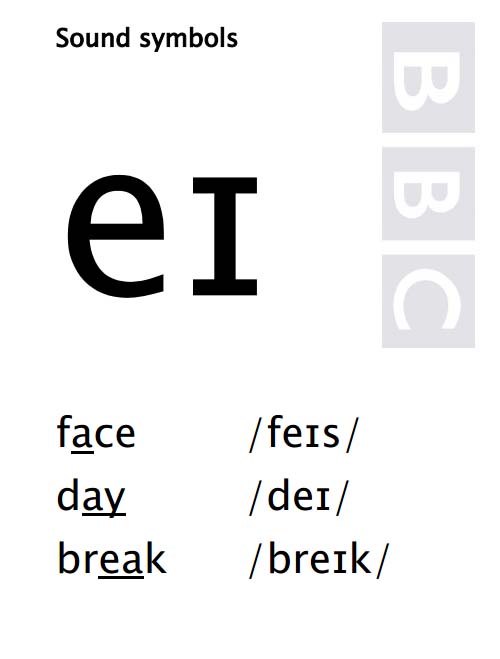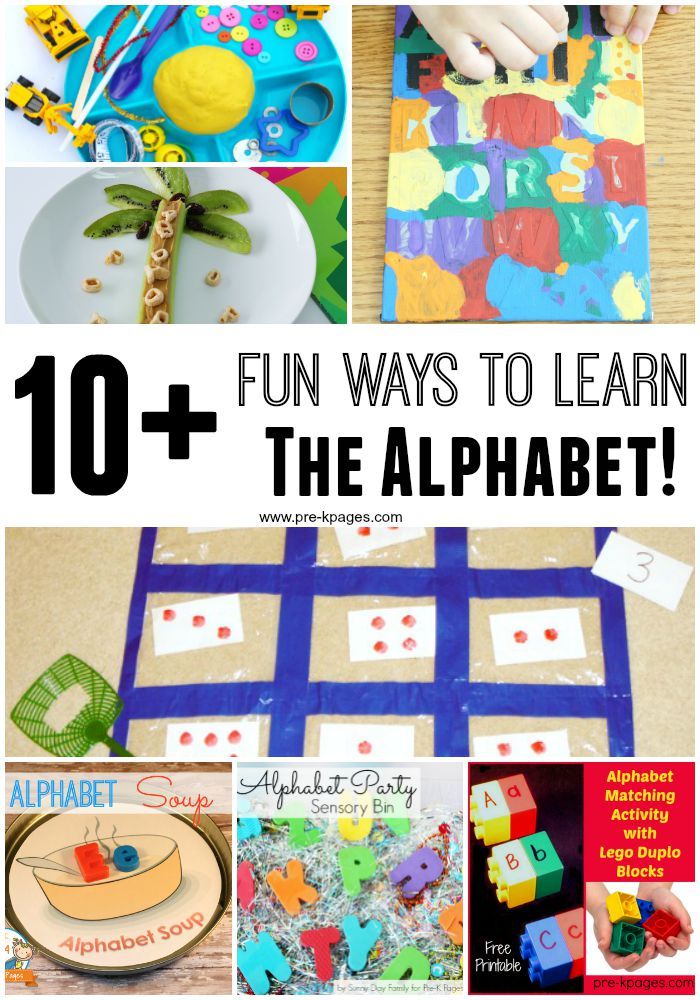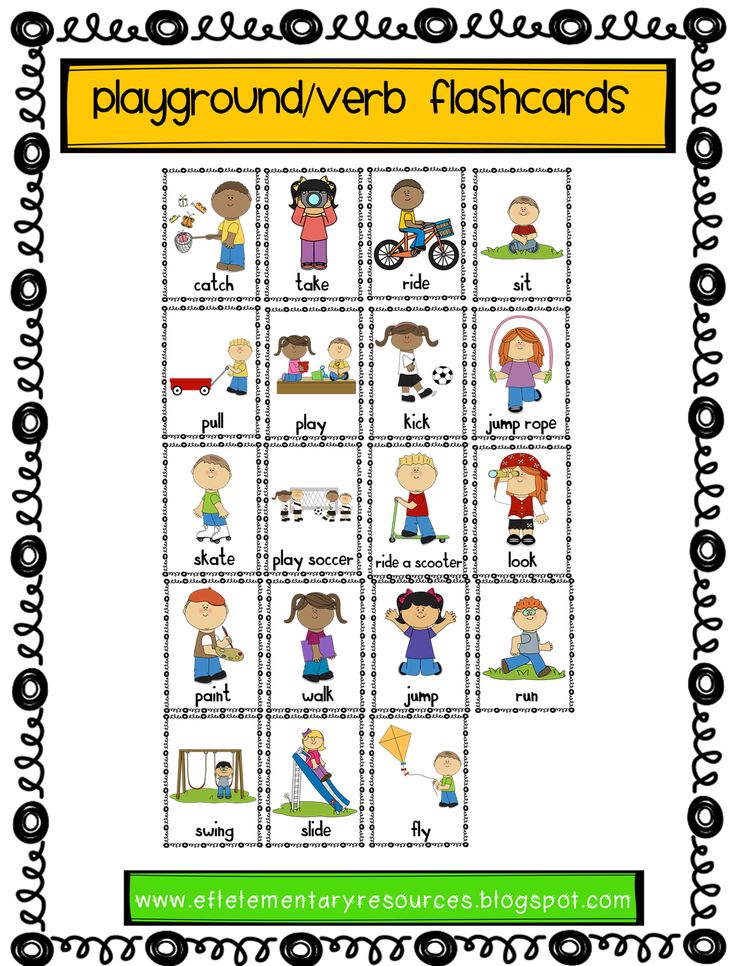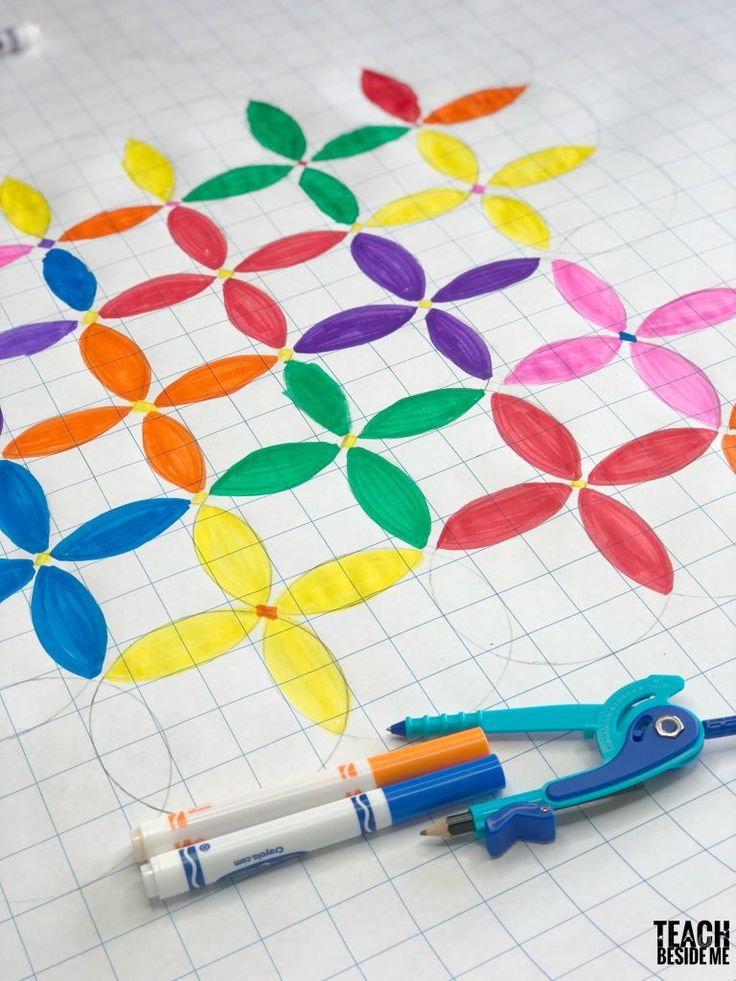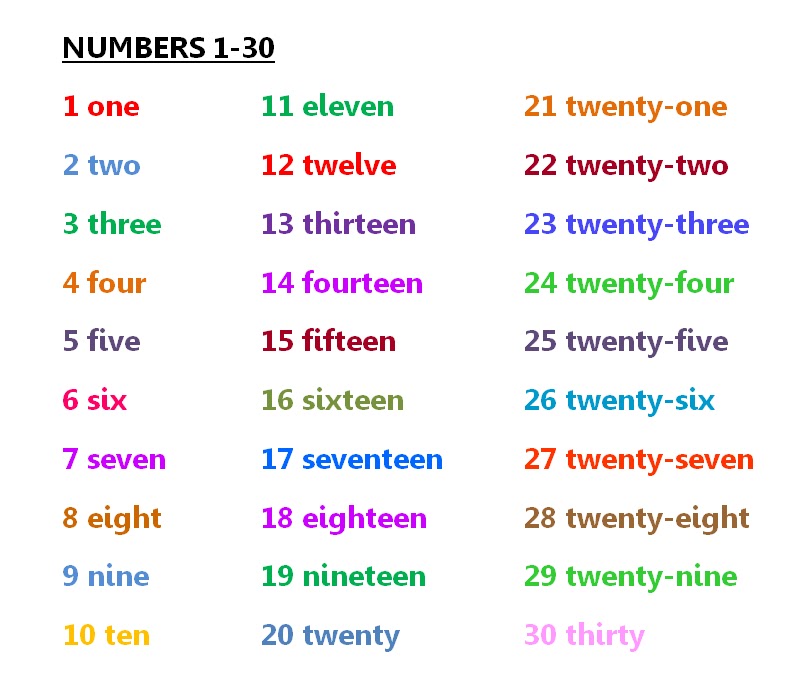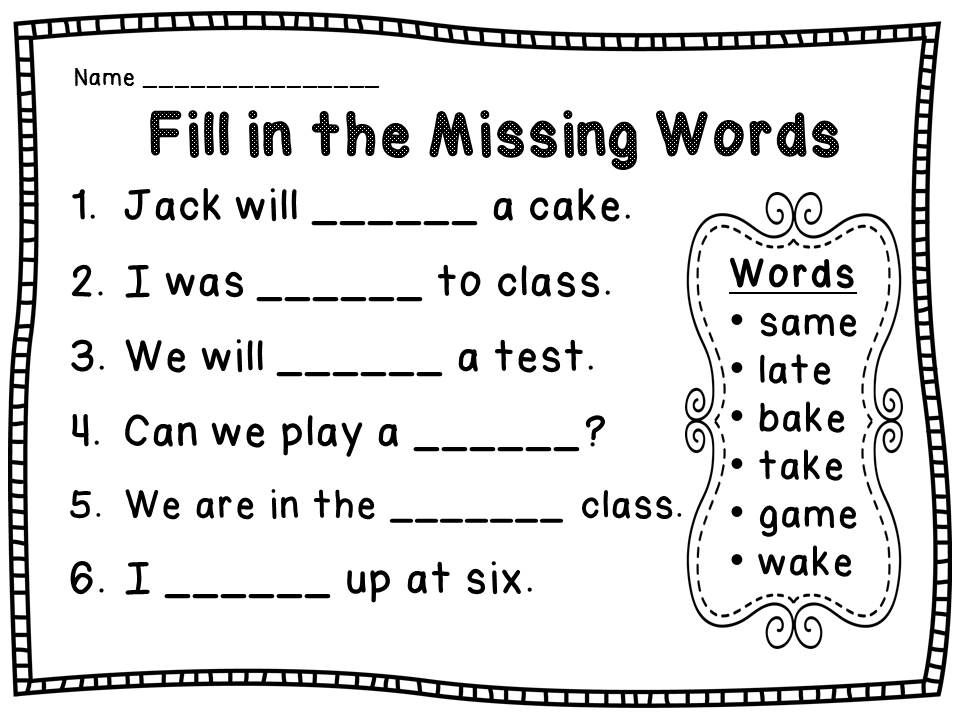How to teach 1st graders math
First Grade Math Tips
Hoping to help your first-grader with math skills? Here are some basic tips that experts suggest.
Learn math from everyday objects
Your child can build an understanding of addition, subtraction, and the other math concepts they are learning in first grade by playing with everyday objects. Use items that your child enjoys playing with, such as Legos, and place them into two groups of unequal number. Place the larger grouping on the left to develop the habit your child will need later for subtracting from left to right. Next, ask your child to add objects to the smaller group from the larger group until your child counts the same number in both groups. As with all math activities, don't push it if your child resists, since math development varies greatly from child to child and your child may just not be ready for certain concepts.
Count with itemsCount using items like blocks, pennies, and candy. Have some items handy for counting by ones and by tens. You can use interlocking blocks that allow students to connect two blocks to three blocks to represent 2 + 3. Use regular household items like pennies for counting by ones, and dimes for counting by tens.
When things are stored or poured into varying size containers you have an opportunity to build your child's concept of estimation and quantity. At breakfast, ask their which bowl has more and which has less cereal. Ask them to compare the different amounts of the same liquid in three clear glasses by lining them up from least to most full. To build your child's vocabulary of comparisons, after successful practice use measuring cups with numbers. Ask their what your child notices about the number each liquid reaches in the measuring cup when they are lined up in sequence from least to most and then from most to least full.
Read math problems aloudHelp your child by reading math problems aloud slowly and carefully, so your child can hear the problem and think about what is being asked.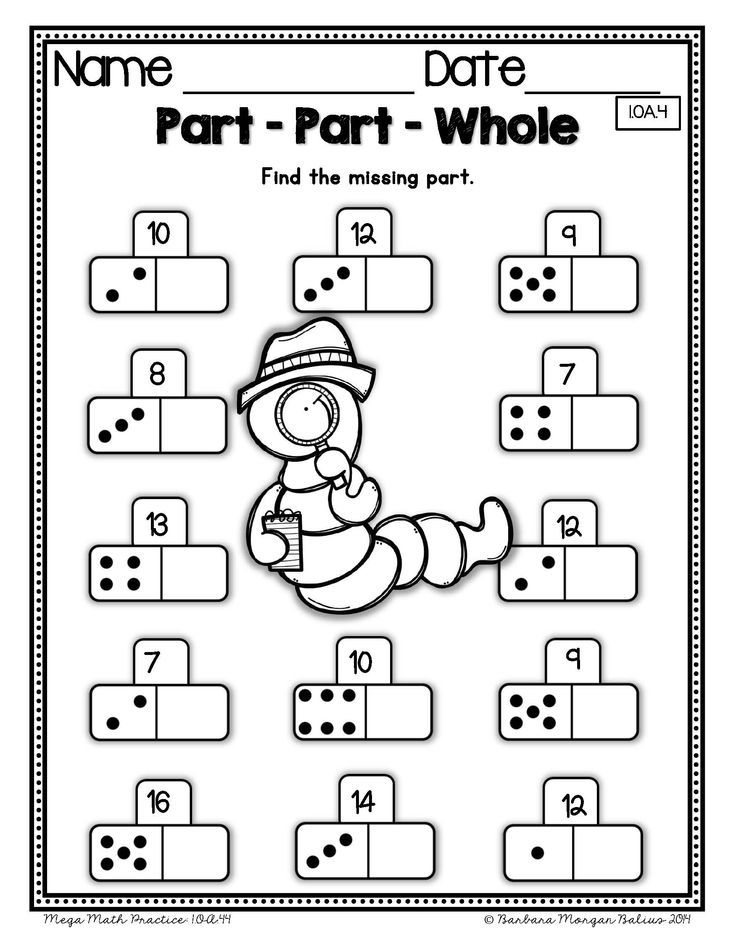 If your child can read, have them read them.
If your child can read, have them read them.
Children become so accustomed to seeing their parents pay with credit and debit cards that counting actual money can be an unfamiliar practice. Engage your child in the transaction of buying things at the store, allowing them to pay with cash and to count the change. This will help not only with their math skills but will foster an understanding of the concepts of saving and spending.
Reward effort for mathSpeak positively about math and reward effort, rather than grades or ability. Think about how important reading is and how we are told to model this behavior for our children. We need to place math in the same category. Don't discount the importance of math by saying, "I'm not a math person, I was never good at math." Help your child read books that incorporate math, such as "Millions of Cats" by Wanda Gag or "On Beyond a Million'" by David Schwartz.
Use analog clocksGo pre-digital with time. Reading time on a digital clock is vastly different than on a clock with a face. First grade standards focus on telling time to the hour and half hour, so have some old-fashioned analog clocks around your house as your child is learning to tell time. Consider giving their a wristwatch with a face, rather than a digital display.
Reading time on a digital clock is vastly different than on a clock with a face. First grade standards focus on telling time to the hour and half hour, so have some old-fashioned analog clocks around your house as your child is learning to tell time. Consider giving their a wristwatch with a face, rather than a digital display.
Keep a calendar displayed in your home. Review the days of the week with your child and encourage their to count down the number of days until an event they are anticipating.
Play games with simple mathPlay a game in the car using simple addition or subtraction. For example: I'm thinking of a number that equals seven when it is added to three. What number is that? Look for opportunities to play simple addition and subtraction games, for example, while they are eating, with the number of items on their plate.
Play games with math vocabularyPlay a mind-reader game. Think of a number for your child to guess. After each guess respond with the words "higher" or "lower." At different times use the words "more" or "less" so your child learns different arithmetic vocabulary. This game helps their correlate the number words and counting sequence with actual amounts or sizes.
Think of a number for your child to guess. After each guess respond with the words "higher" or "lower." At different times use the words "more" or "less" so your child learns different arithmetic vocabulary. This game helps their correlate the number words and counting sequence with actual amounts or sizes.
Plenty of family games incorporate math. Tic-tac-toe, Connect Four, and dominoes are just some of the many games that help build math skills.
To find out what your first-grader will be learning in math class, check out our first grade math skills page.
Parent Toolkit resources were developed by NBC News Learn with the help of subject-matter experts, including Joyce Epstein, Director, Center on School, Family and Community Partnerships, Johns Hopkins University; Pamela Mason, Program Director/Lecturer on Education, Harvard Graduate School of Education; Denise Walston, Director of Mathematics, Council of the Great City Schools; Nell Duke, Professor, University of Michigan; Leanna Baker, Retired Math Teacher; Bon Crowder, Math Teacher and Blogger, MathFour. com; and Robin Schwartz, VP, Association of Teachers of Math of NYC, and align with the Common Core State Standards.
com; and Robin Schwartz, VP, Association of Teachers of Math of NYC, and align with the Common Core State Standards.
The Most Important Math Concepts Kids Learn In 1st Grade
Your child has progressed from kindergarten to first grade. That’s exciting news! There is so much learning to come their way, especially from their first grade math class.
Math skills and concepts build on each other from grade to grade, which is why children need to get a firm foundation so they can handle the more complex challenges as they progress in school.
As a concerned parent, you might be wondering what some of these mathematical concepts will be and, more importantly, how you can help your child master them. You don’t have to figure it out on your own.
Here, we will give you a breakdown of what to expect from your child’s math class. We’ll also add a few tips on how to help your young learner thrive through it all.
Let’s get started!
Why Is Math Important?
Math is taught in the classroom, but that doesn’t mean that’s the only place it’s relevant.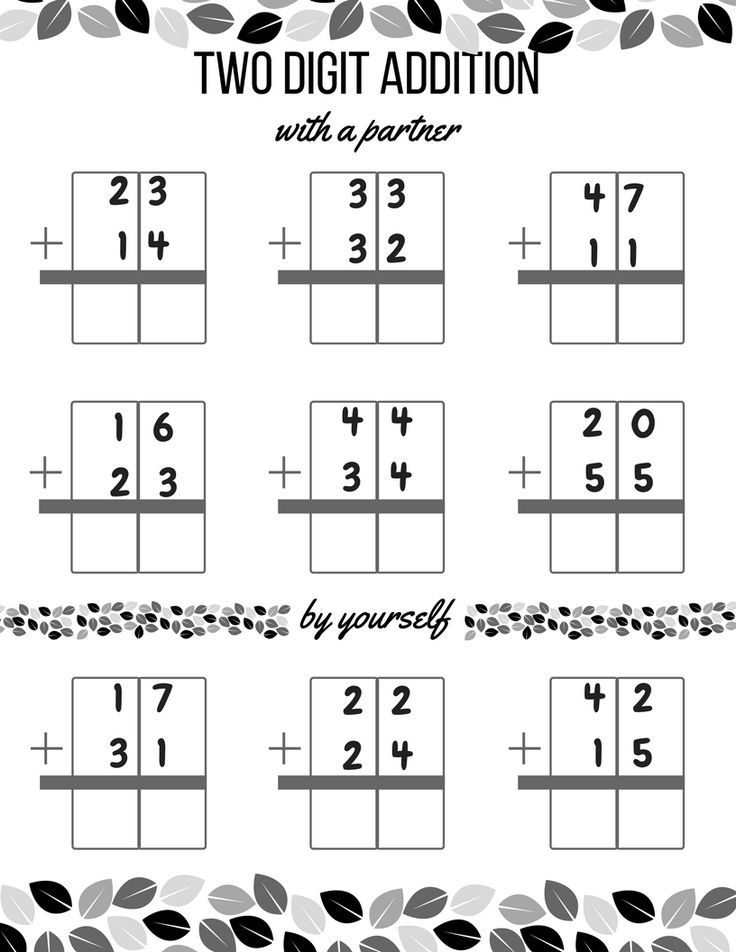 We use it every day!
We use it every day!
From the hexagonal bee combs to the circles, semi-circles, and crescents of the phases of our moon, mathematics is an essential part of the world we live in, and learning it helps us make sense of everything around us.
Did you know that math skills can also be linked to music? Children who play musical instruments use the same part of the brain when doing math. This is why studies have shown that music students do better in mathematics than their non-musical peers.
Sports and mathematics also have an interesting connection. Just think about all the coordination involved in performing well in certain sports. Research has shown that these skills can also be used to learn math.
In addition, mathematics helps us be stronger logical thinkers. Since most young kids tend to enjoy math time, it’s essential to foster this natural love for the subject just as much as we want to encourage children’s love for reading.
Helping children develop a love for mathematics generally works well when approached actively as a problem-solving skill rather than a rote memory task. Math helps children thrive in various aspects of their lives.
Math helps children thrive in various aspects of their lives.
So, how do we get there? It all starts with the foundation.
Below are the key first grade math concepts your child will soon learn and some tips on how you can support them on their journey.
8 Important First Grade Math Concepts
1) Numbers And Counting
At first grade level (and for the next few years in school), learning different numbers and counting will form a significant part of your child’s mathematics lessons.
By the end of the first grade, your child will have learned to:
- Count and write numbers from 1 to 100
- Count by 1s, 2s, 5s, and 10s
- Count backward
- Count onward from any number
- Count backward from any number
There are different ways to help your child grasp numbers and counting at home, and hands-on activities work best.
An effective strategy is to help your child visualize what all these numbers mean. For example, instead of just memorizing the numbers, they can count bears, large dried beans, or even craft sticks.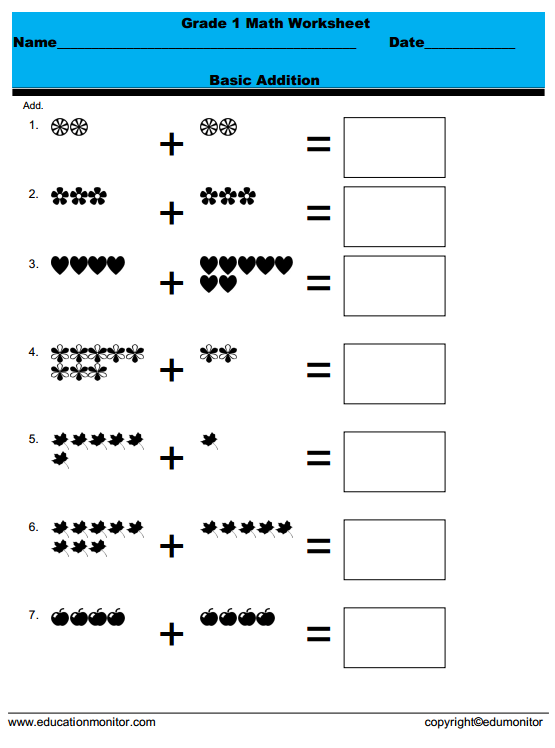
2) Addition And Subtraction
In first grade math, your young learner will start adding and subtracting numbers up to 30. They will also solve basic word problems with the help of drawings, objects, and equations.
By the end of the first grade, your child will have been shown how to:
- Add three one-digit numbers
- Write and show an understanding of the mathematical symbols (+, -, =)
- Solve problems involving one and two-digit numbers
- Solve problems involving an unknown. For example, 1 + _ = 4
Addition and subtraction are two math skills that can be demonstrated in everyday life situations. This makes it relatively easy to practice at home!
For instance, you might ask, “If you have two teddy bears and granny buys you three more, how many teddy bears will you have in total?” Or, “There were six strawberries in the fridge. Daddy ate some strawberries. There are now four left. How many did daddy eat?”
3) 2-D Shapes
During pre-k, children get introduced to different shapes. In first grade, they will continue to extend their understanding of them.
In first grade, they will continue to extend their understanding of them.
By the end of the first grade, your child may be able to:
- Examine the attributes of different shapes (number of sides, faces, etc.)
- Name the 2-D shapes
To help your child grasp these shapes at home, continue to point out and name the 2-D shapes in the world around you (circles, triangles, pentagons, etc.).
When doing so, remember to always highlight the attributes (e.g., this book has four equal sides, so it’s a square).
4) Sorting And Patterns
Understanding and sorting patterns also forms a part of first grade math.
Your first grader will learn to:
- Sort different objects by attributes such as color, shape, and function. For example, sorting a mixed group of blocks so that the red, blue, green, and yellow blocks are separated.
- In addition, if these blocks are placed in a pattern (e.g., green, yellow, green, yellow, etc.), your child should be able to both predict which color will come next and create their own identical pattern.
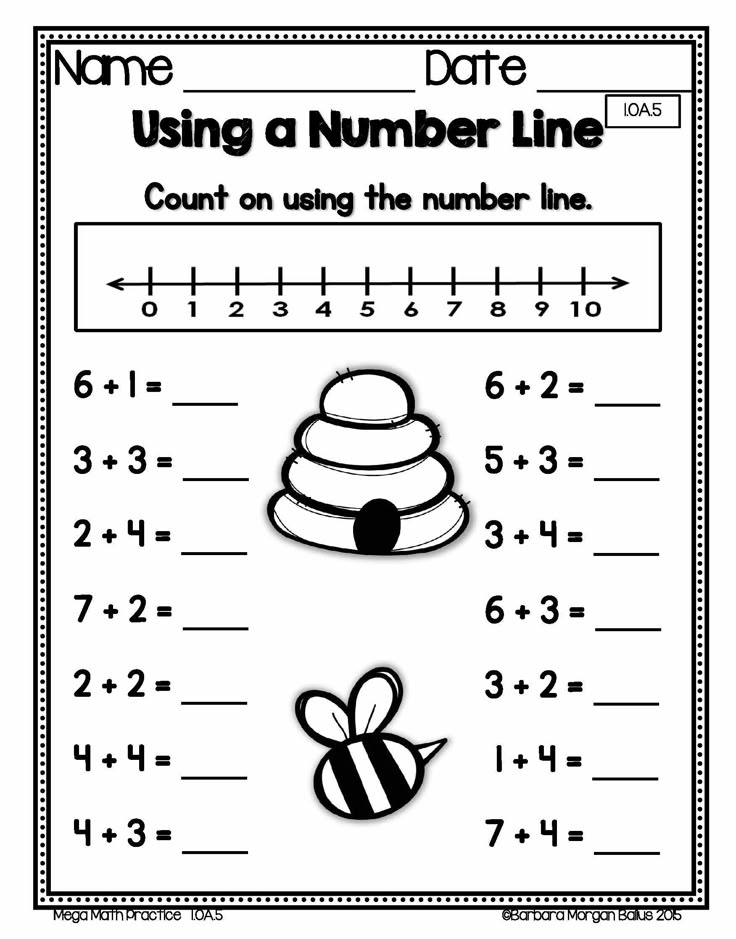 This skill will help develop your child’s logical thinking.
This skill will help develop your child’s logical thinking.
Continue to allow your young learner to play with fun building blocks and create their own patterns to help them master this skill.
5) Fractions
Montessori material. Children’s hands. The study of mathematics School and kindergarten. Whole and part. FractionsAs a first-grader, your child will be introduced to fractions as equal shares and basic fractions such as ½, ⅓, and ¼. For children to fully grasp these concepts, it’s essential to keep things intuitive.
For example, you can start by helping them understand that a half is two equal parts, a third is three equal parts, and so forth. They also need to understand that although three is bigger than two, ⅓ is smaller than ½.
Fractions can be tricky for kids to learn, which is why it’s important to use practical and everyday items.
For example, you can help your young learner examine the fractions of a full pizza. Then, as you divide the pizza into different slices, talk about the parts that you’ve created from the whole.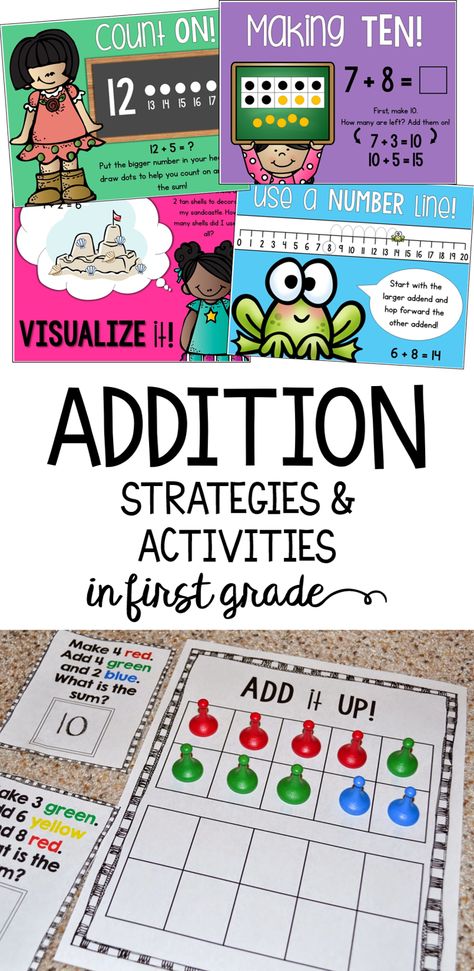
The concept of equal shares can also be demonstrated from one object and a group. For instance, you can have ½ of a single item (e.g., ½ of a cookie), or you can have ½ of a group of objects (e.g., ½ of four cookies is two cookies).
6) Number Place Values
With all the counting in first grade math, your child will naturally be introduced to the concept of place values. For instance, understanding that in the number 288, the 2 is worth 2 “hundreds” (or 200).
There are various activities you can do at home to help your young learner with this concept, including:
- Using number lines
- Base ten blocks
For more ideas to help with number place values and other 1st grade math concepts, take a look at the book Games for Math: Playful Ways to Help Your Child Learn Math, From Kindergarten to Third Grade by HOMER’s very own Peggy Kaye.
7) Time
Telling time (both digital and analog) is an important life skill that kids learn from first grade. The concept of elapsed time will also be introduced at this stage.
The concept of elapsed time will also be introduced at this stage.
In first grade math, your child will learn to:
- Tell time to the nearest hour, half-hour, and quarter-hour (sometimes even to five minutes)
- Make the connection between time and events (e.g., shorter, longer, after, before)
Understanding the analog clock can be tricky for a child who’s only exposed to digital clocks. So help your young learner by buying one (or making one for learning) to hang up at home.
You can then speak to your child about what it means when the hands move. To make things easier, start by helping them tell time to an hour and half-hour before progressing to quarter-hours.
8) Measurements And Comparisons
First grade math also involves some measuring and unit comparisons.
Your child will learn how to measure using a ruler and, after taking measurements, compare and order objects by length. First-graders will also learn how to compare the weights and volumes of different objects.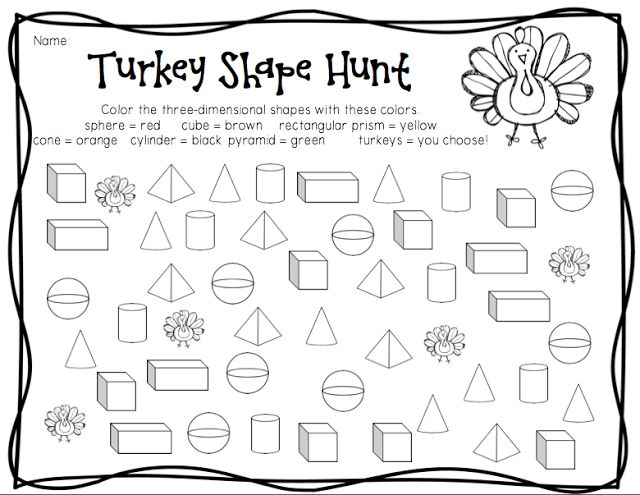
To help your young learner at home, keep rulers nearby and take measurements together of some of the objects they love (e.g., stuffed toys, cookies, etc.).
Bonus tip: If you’re a regular baker, why not help them see how you use measuring tools to create their favorite treats? Yum!
Helping Your Child With First Grade Math
We’ve already mentioned a few ways in which you can help your first grader with math at home. In addition to the above, playing math games is a fun and easy way to practice math at home!
Here are some examples of more math activities your young learner will enjoy at home:
- Fill in a number grid puzzle
- Build objects with legos and measure
- Number Hunt, Hopscotch, Is It A Number, and Find A Number
Math Is All Around Us
Helping your child grasp first grade math concepts at home is easier when you focus on the fact that mathematics is a part of our everyday lives. It is in the shape of road signs, the parts of sliced pizza, and even the watches on our wrists!
Sometimes kids (and parents) forget that math can be lots of fun.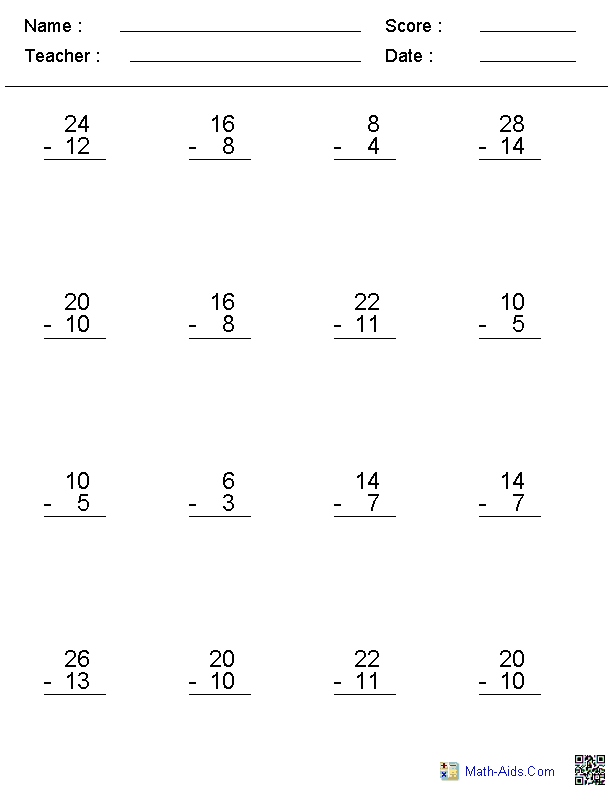 So whenever you can, incorporate games and activities to bring a little excitement to all the learning.
So whenever you can, incorporate games and activities to bring a little excitement to all the learning.
Will this help your child become our next best mathematician? Only time will tell. But one thing is for sure — all of the great mathematicians started somewhere. Even Isaac Newton had to master first grade math!
For more ideas and inspiration, visit the HOMER Learn & Grow app.
Author
5 inspiring tips to quickly and easily master mental counting skills
Mathematics and logic for children / Mental arithmetic
When learning to count begins with classic examples, the child decides that counting and doing math is boring. Try better entertaining games and tasks from LogicLike. Useful ideas for children 3-5 and 6-8 years old.
At LogicLike.com, kids develop logic and math skills. Solve puzzles, patterns, logic tasks and puzzles. We have more than 3500 entertaining tasks.
Solve puzzles, patterns, logic tasks and puzzles. We have more than 3500 entertaining tasks.
Try our course in a playful way!
Logiclike has everything you've been looking for
Tasks
Riddles
Logic questions
The first acquaintance with numbers and games with them
Surely you have already crossed this step and managed to use a variety of ways to remember the numbers: drawing, cutting, sculpting, etc. At the age of 3-5 years, children grasp everything that is interesting on the fly, so it is easy to involve them in educational games.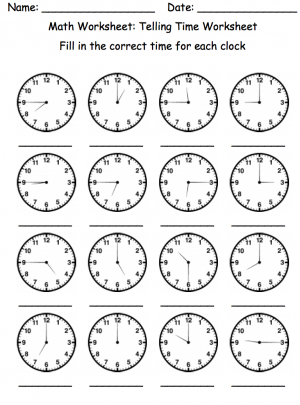
Let's look at a couple of unusual tricks for teaching counting, which are equally useful not only for younger and middle, but also for older preschoolers.
"Language of numbers" and mathematical problems out of thin air
As adults, we think in numbers every day, but we don't always say them out loud. But children may be interested in the “language of numbers”: “What time did we wake up today? At 7 o'clock in the morning. What bus were waiting at the bus stop? 12th. How many minutes did you drive? ten".
Gradually, just naming numbers will become boring. Show your child how interesting it is to count everything that surrounds him: entrances to the house, cars in the parking lot, trees near the playground, house numbers. If you're a resourceful parent, you can come up with little addition and subtraction math problems on the go.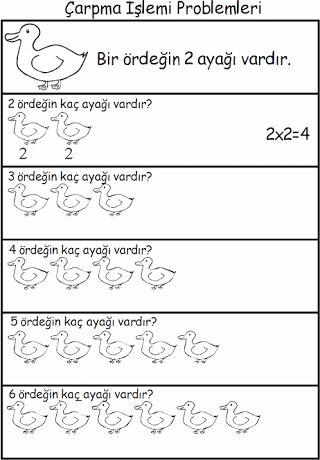
It has been noticed: with greater enthusiasm, the child will count what he likes. Therefore, the well-known candy problems act like a magnet.
At home, the child always has something to count. You can follow the hands of the clock, turn the measurement of weight and height into a game. For a long time, children are occupied with a tear-off calendar or a toy calendar in which you need to turn over the cubes with numbers every day.
But this Lego calendar needs to be disassembled and reassembled every month.
For older preschool children all of the above exercises can be made more difficult. Try to make word problems together, based on what you saw during the day. Let the child count more in his mind, solving applied problems.
In general, it will take time to come up with interesting tasks on your own or find quality material on the Internet.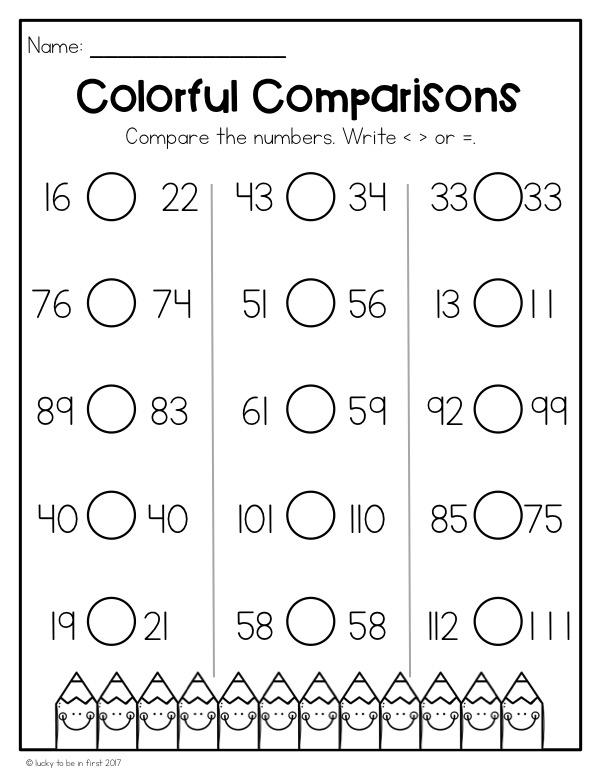 The LogicLike team has already done all the methodological and other preparatory work for you!
The LogicLike team has already done all the methodological and other preparatory work for you!
Forward to knowledge with LogicLike!
2500+ tasks for the development of logic and mathematical abilities. Voice assignments, answers and explanations in your online account.
Start classes! Start classes!
Simple games with numbers will help introduce the child to arithmetic operations
Dice, magnets, cards, counting sticks - the most common materials for teaching counting. But they quickly get bored with the child. It will be much more interesting for him to play with what he does with his own hands. You can dream up with your child and make your own games for learning numbers and working out the simplest mathematical operations.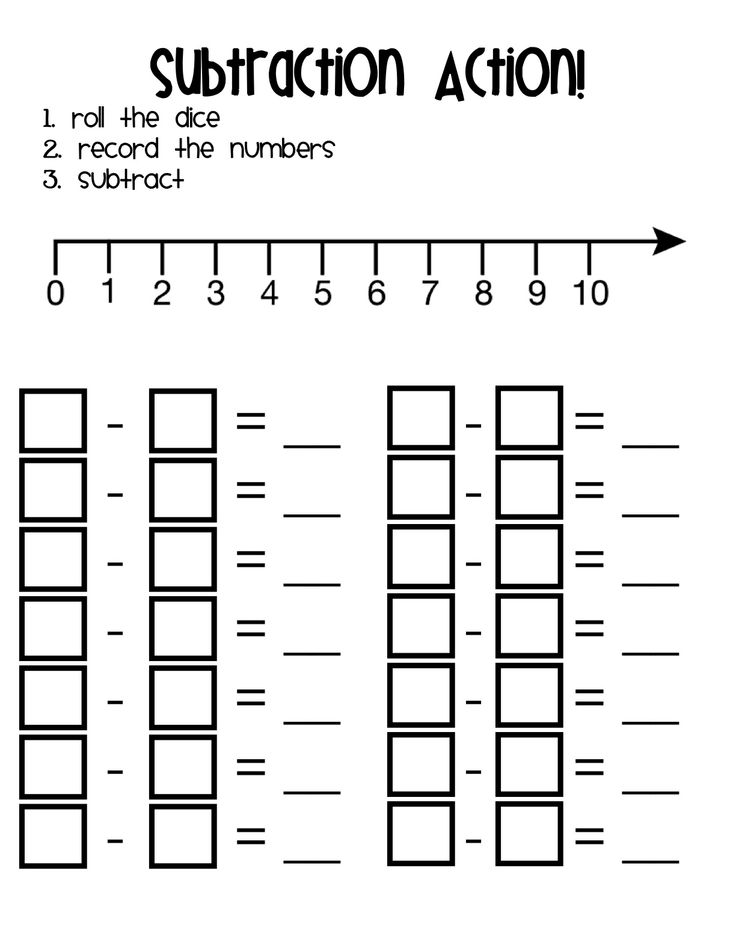
An interesting application can be found for shells brought from the sea. This game will help younger preschoolers learn to add and subtract faster. Now abstract arithmetic operations can be seen in a good example.
Do not rush to throw away the egg tray and capsules from Kinders, they can be turned into a boring game. The photo shows an addition option, but it can be replaced with subtraction, multiplication or division. The game is good because the child can “take apart” and “assemble” new examples with his hands.
Constructors like Lego are also suitable for learning counting. Such games help develop fine motor skills, logic and spatial thinking.
Has the child mastered the games “live”, felt the score “on the fingers”? Now he's definitely ready for mental counting.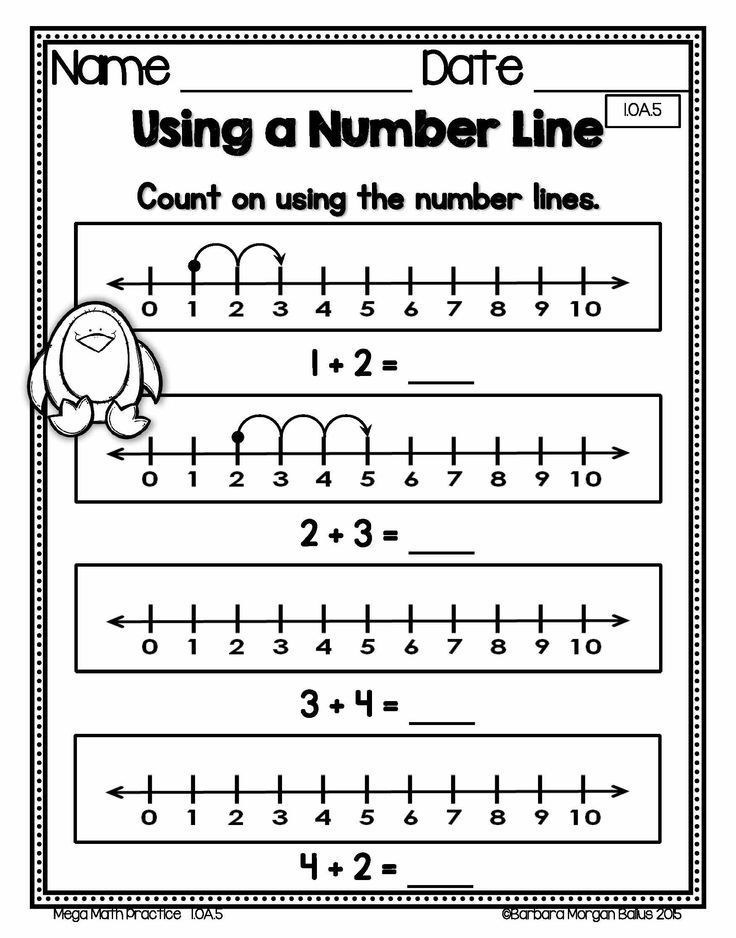
Listen, watch, sing, read: children 4-5 years old
No less exciting for the child will be illustrated books with funny stories or poems about numbers. They can be recited or learned by heart.
Educational videos and cartoons will simply and clearly teach the child to count. Series about mental counting can be found in almost all popular animated series. You can find counting songs that are remembered by children as twice two.
But remember that it is not worth completely transferring a child at this age to self-study. It will not replace full-fledged activities with parents.
All that we described above is a passed stage? It's time to start solving the main task: to quickly and easily teach a child to count in his mind.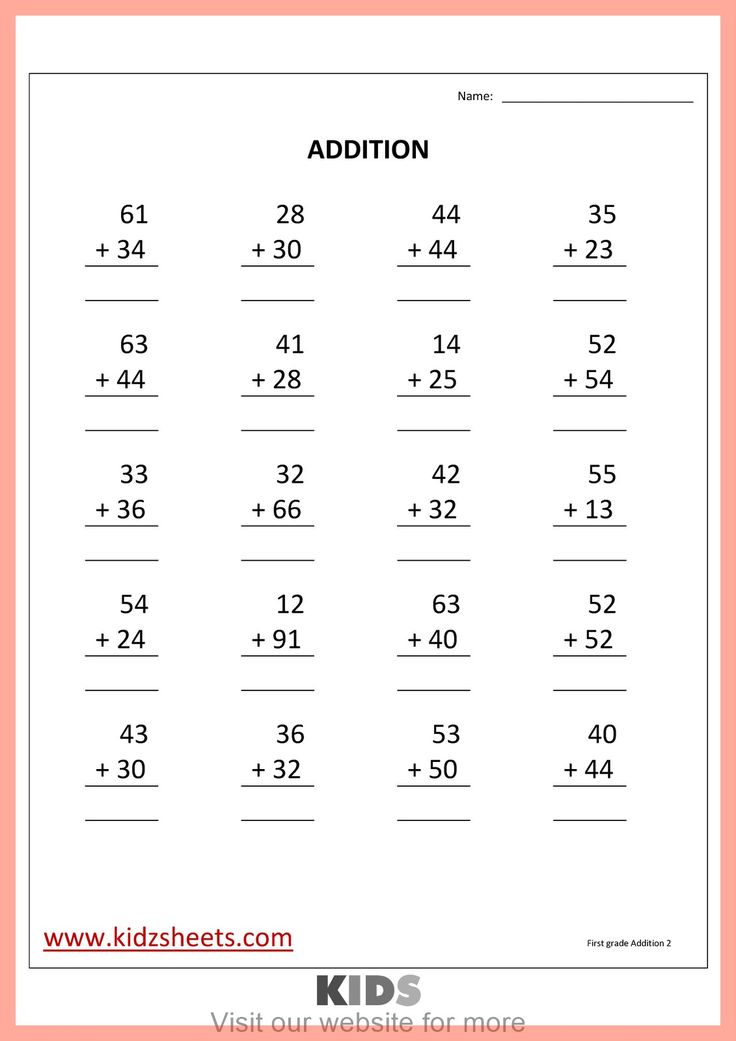
Let's move on to verbal addition and subtraction within 10, 20
A non-standard format that captivates a child from the first minutes - entertaining mathematical puzzles, puzzles and logic tasks on the LogicLike.com platform. The child simultaneously trains mathematical abilities and develops logic.
Where to begin?
- View our 1st grade math problems,
- as well as logical tasks for children 7-8 years old;
- solve together 5-10 puzzles;
- save the result on the platform.
After 2-5 joint classes, feel free to leave the child to study independently. It is enough for the parent to monitor progress once a week.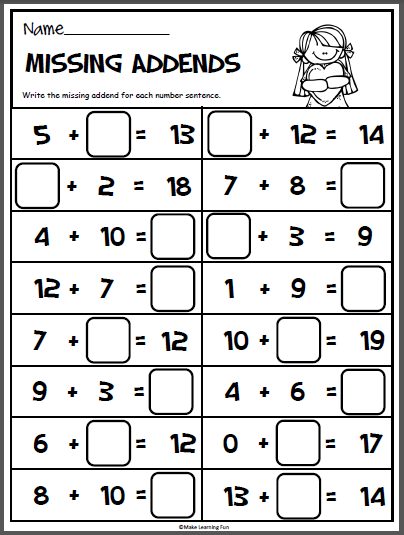
Developing oral counting skills in children 5-7 years old
It will not be possible to instantly teach a child to count in the mind, and single, “superficial” lessons will not be enough for this. In order to develop mental counting skills in children aged 5-7, it is necessary to properly "immerse" in the world of logic and mathematical calculations. We will be happy to give you a couple of entertaining ideas - very interesting and effective.
Board games: classic
Older preschoolers and younger students can be introduced to board games that teach counting. A worthy collection of educational games - from the publishing house "Banda Umnikov":
"Floors" - learn to add and subtract in the mind;
"Turbo Count" - we count, add and compare numbers quickly and easily;
“Many, many” - we connect the imagination and learn the multiplication table;
"Delissimo" - we understand division and gradually move on to fractions.
For noticeable progress in learning, you need to train regularly, gradually move on to more complex games.
Online exercises from LogicLike: modern, exciting, effective
The child knows that there is a lot of interesting things in a computer, tablet, smartphone. Parents know that before allowing a child a site or application, it would be good to make sure that it is safe and really useful.
There are more than 300 types of entertaining tasks on LogicLike. Blocks with theory and video tutorials, answers, feedback from the compilers of tasks!
More than 3500 entertaining logical tasks, examples, tests, puzzles and other tasks will help you hone your mental counting skills and develop other mathematical abilities. All categories start with simple beginner level tasks. Children learn to solve typical and non-standard tasks from simple to complex.
All categories start with simple beginner level tasks. Children learn to solve typical and non-standard tasks from simple to complex.
Examples of arithmetic puzzles from LogicLike
What needs to be added to get the right example?
Tell the magician what number to turn the snake into.
Help Irishka make the square magical. Insert the numbers 2, 3 and 4 into the empty cells of the square so that the sum of the numbers along any vertical, horizontal and diagonal lines is the same.
All children like to solve mathematical puzzles, many perceive them as a game. Meanwhile, the child performs arithmetic operations and develops mental counting skills.
Examples of interesting patterns
Tasks for finding patterns perfectly motivate children to master arithmetic faster and move on to more difficult tasks.
Find a pattern and determine what number the fourth robot hid?
What number will be next in this row?
Logic tasks are much more interesting than arithmetic simulators.
We have over 3500 such interactive tasks. You can practice on any device.
Solve patterns
The LogicLike team knows how to captivate children with mathematics and logic. 1 month of classes - and the child seems to learn to count on his own. 2-3 months - and he will ask for a smartphone or tablet not for games and cartoons, but to solve the next 5-7 logic tasks.
Use non-standard ways of learning to count, play more and change activities more often.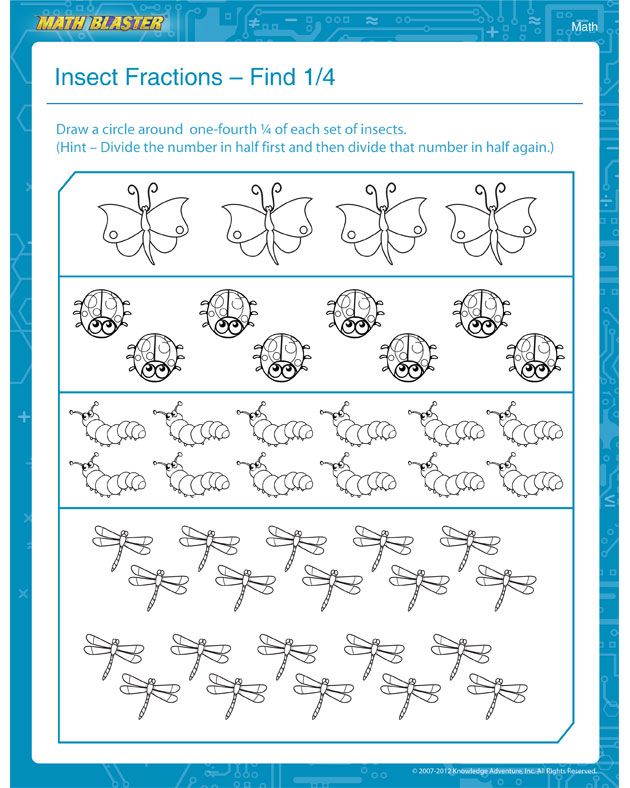
To share with friends:
From counting skills to the development of logic and mathematical abilities
More than 150,000 children and parents have chosen the LogicLike educational platform for their children.
Start classes! Start classes!
Learn more about LogicLike
How to teach a child to quickly count mentally
By the time they enter the first grade, most children already count and perform simple mathematical operations without any problems. Parents help kids learn basic skills so that they feel more confident and comfortable in school classes. One of the tasks that adults set for themselves is to teach a child to quickly count in his mind.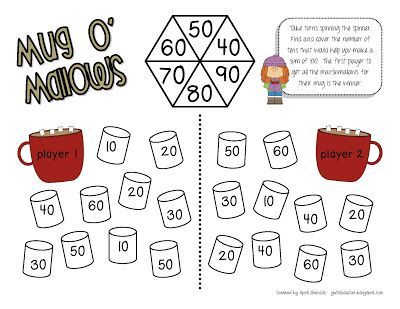 Simple exercises that should be performed daily will help to solve it effectively.
Simple exercises that should be performed daily will help to solve it effectively.
Preparatory phase
At 5-6 years old, children are usually able to do simple calculations without the help of fingers, a calculator and a pen and paper. Naturally, they cannot master the skill on their own in one day, so parents need to be given help and support. Before moving on to counting in the mind, you should determine the base that the baby already has. The child should already be able to perform the following actions:
- Simple counting;
- addition and subtraction - written and visual;
- understanding of the categories "greater than" and "less than".
The kid should be able to navigate numbers well, determine the number of objects without problems, and also add and subtract on paper. It is very important to learn how to count in a column - this will help you quickly master mental counting. Visual representation plays a big role in mathematics, and without the ability to count “on paper”, it is extremely difficult to count in the mind.
From visualization to mental counting
You need to start classes with the simplest tasks. The kid must learn to count objects in his mind, and only then voice the answer. You can practice this skill throughout the day. Put several apples on the table and ask the child to count their number, without saying the numbers out loud, but voicing only the final answer. The same can be done with books, felt-tip pens, toys, counting sticks, etc. At first, the baby will go astray, try to quietly pronounce the numbers, but over time he will master the skill.
Then move on to more difficult problems. Ask your child how many apples (toys, books, counting sticks) will be on the table if you bring one more (two, three, four, etc.). Now the child will not see the action with his own eyes, so he will have to do all the calculations in his mind. At first, the kid may not be able to cope with the task, make mistakes, but you should not swear at him - after a while he will easily name the correct answer.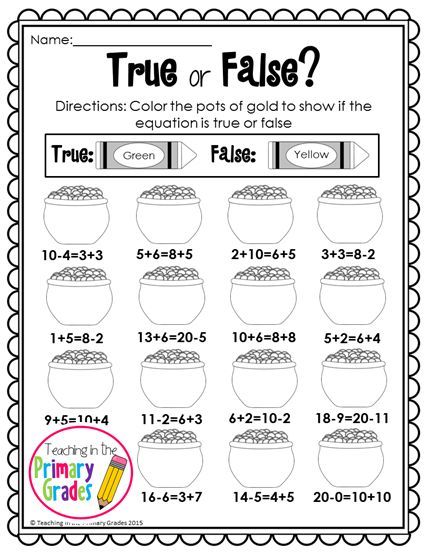
It is good practice to learn how to compose numbers. Tell and show the child what actions can be used to get, for example, 4 + 6, 9+ 1, etc. You can use flashcards to give your baby a visual representation of the action. Preschoolers usually memorize the composition of numbers quickly, which is very important for doing mental math. Over time, the child himself will be interested in counting without the help of aids. He will do this all the time, counting everything he sees around him and inventing exciting games at the same time.
Mental Counting Exercises
In order to learn mental arithmetic faster and more effectively, and specifically mental arithmetic, future first graders need to practice regularly. Many parents spend full-time classes at home, and sometimes even hire a tutor. However, in most cases, such a serious approach is not necessary. It is enough just to perform simple counting exercises that will help the baby in mastering the skill.
- We go shopping.
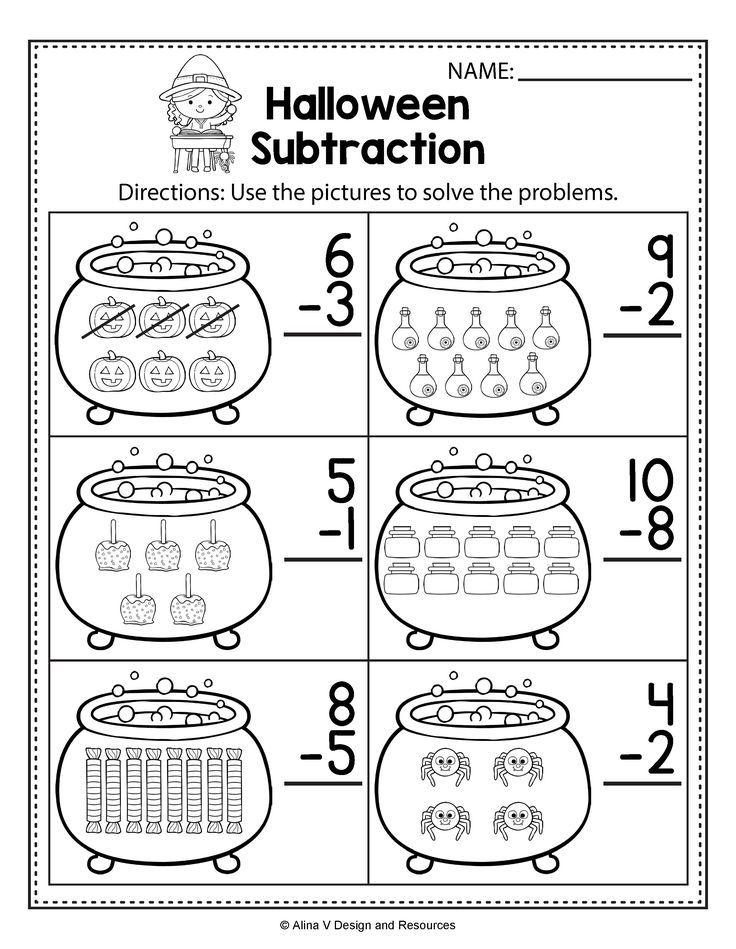 Before leaving the house, tell your child about what to buy, for example, 5 items of food. Ask him to keep track of purchases - count the purchased goods and keep the account in mind. Ask during the shopping process how many more items are left to buy so that the baby trains not only memory, but also calculations in the mind.
Before leaving the house, tell your child about what to buy, for example, 5 items of food. Ask him to keep track of purchases - count the purchased goods and keep the account in mind. Ask during the shopping process how many more items are left to buy so that the baby trains not only memory, but also calculations in the mind. - Car numbers. This exercise is ideal for quick counting. The child needs to add and subtract the numbers on the state signs of cars. For example, you saw the number 923. Have your child add up all the numbers: 9 + 2 + 3.
- Use study materials. All sorts of tasks that can be found on the Internet or problem books for preschoolers will be an excellent assistant in mastering the skill of counting in the mind. Usually, tasks are presented with drawings and rhymes, which is very important for a child who strives to be distracted by more fun activities than mathematics.
Naturally, each parent has his own opinion on what a future first grader should be able to do.

